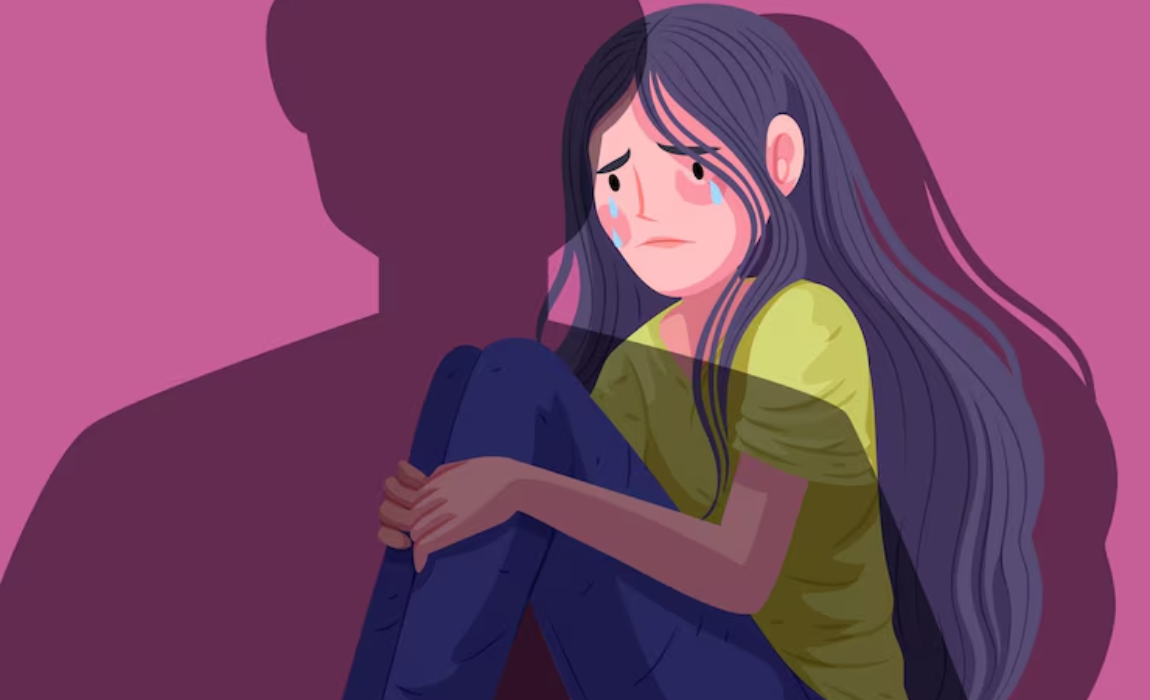
All Forms of Sexual Assault under the POCSO Act
The Protection of Children from Sexual Offences Act, 2012 (POCSO), was enacted to address the alarming rise in sexual crimes against children in India. Its legislative intent is to provide a robust legal framework for protecting children under the age of 18 from sexual abuse, harassment, pornography, and other exploitative acts. One of the most critical components of the POCSO Act is its comprehensive classification and criminalization of various forms of sexual assault, departing from the limited understanding of "rape" under the Indian Penal Code.
1. Penetrative Sexual Assault (Sections 3 and 4)
The gravest category under the Act is Penetrative Sexual Assault, defined under Section 3. Unlike Section 375 of the IPC (prior to its 2013 amendment), which was limited in its scope, POCSO expands the meaning to include penetration of the penis,
any object, or body part (including the mouth) into the vagina, anus, or urethra of the child. It also includes manipulating the child’s body to cause such penetration and applying the mouth to the child's genitalia.
Section 4 prescribes rigorous imprisonment not less than 10 years, which may extend to life imprisonment, and also includes fine. This broader definition provides a more inclusive approach to recognising the various ways in which a child may be sexually violated.
2. Aggravated Penetrative Sexual Assault (Sections 5 and 6)
When penetrative sexual assault is committed by persons in positions of trust or authority (e.g., police officers, public servants, armed forces, relatives, teachers), or under aggravating circumstances (gang assault, during communal violence, use of deadly weapons, causing grievous injury or permanent disability), it becomes Aggravated Penetrative Sexual Assault under Section 5.
Section 6 prescribes a minimum sentence of 20 years which may extend to imprisonment for life, or death penalty, along with fine. This provision was further strengthened by the POCSO Amendment Act, 2019, reflecting growing societal outrage and judicial sensitivity.
3. Sexual Assault (Sections 7 and 8)
Section 7 defines Sexual Assault as touching the vagina, penis, anus or breast of the child, or any act with sexual intent that involves physical contact without penetration. Section 8 provides for rigorous imprisonment of 3 to 5 years and fine.
This section is especially significant in judicial interpretation because it acknowledges the trauma of non-penetrative sexual assault, which may not leave visible physical evidence but causes deep psychological scars. It ensures such acts are not trivialized due to the absence of physical injury.
4. Aggravated Sexual Assault (Sections 9 and 10)
Similar to its penetrative counterpart, Aggravated Sexual Assault (Section 9) involves circumstances where the offender holds a fiduciary role or where the act causes more severe harm. Under Section 10, the punishment is rigorous imprisonment of 5 to 7 years, plus fine.
The inclusion of aggravated forms for both penetrative and non-penetrative assault underlines the importance the law places on protecting children from abuse by trusted individuals.
5. Sexual Harassment of a Child (Sections 11 and 12)
Section 11 criminalizes verbal and non-contact acts, such as making sexual gestures, remarks, showing pornography, or stalking with sexual intent. Section 12 prescribes imprisonment up to 3 years and fine. This is a progressive step that widens the scope of what constitutes abuse in modern digital and physical environments.
Judicial Interpretation and Sensitivity
Judicial pronouncements have repeatedly emphasized the child-centric and gender-neutral nature of the Act, calling for sensitive interpretation of evidence and the presumption of trauma. The Supreme Court in Alakh Alok Srivastava v. Union of India reaffirmed the need for child-friendly courts, in-camera trials, and non-hostile environments.
Conclusion
The POCSO Act revolutionized the legal approach to sexual offences against children in India by categorizing different forms of assault based on the nature of act, relationship with the offender, and consequences to the child. While the law is comprehensive, its effectiveness hinges on timely reporting, speedy trial, and empathetic judicial treatment. As courts increasingly take a proactive role in interpreting the Act, a robust legal culture must also evolve to ensure that no form of assault on a child—physical, verbal, or psychological—goes unnoticed or unpunished.
